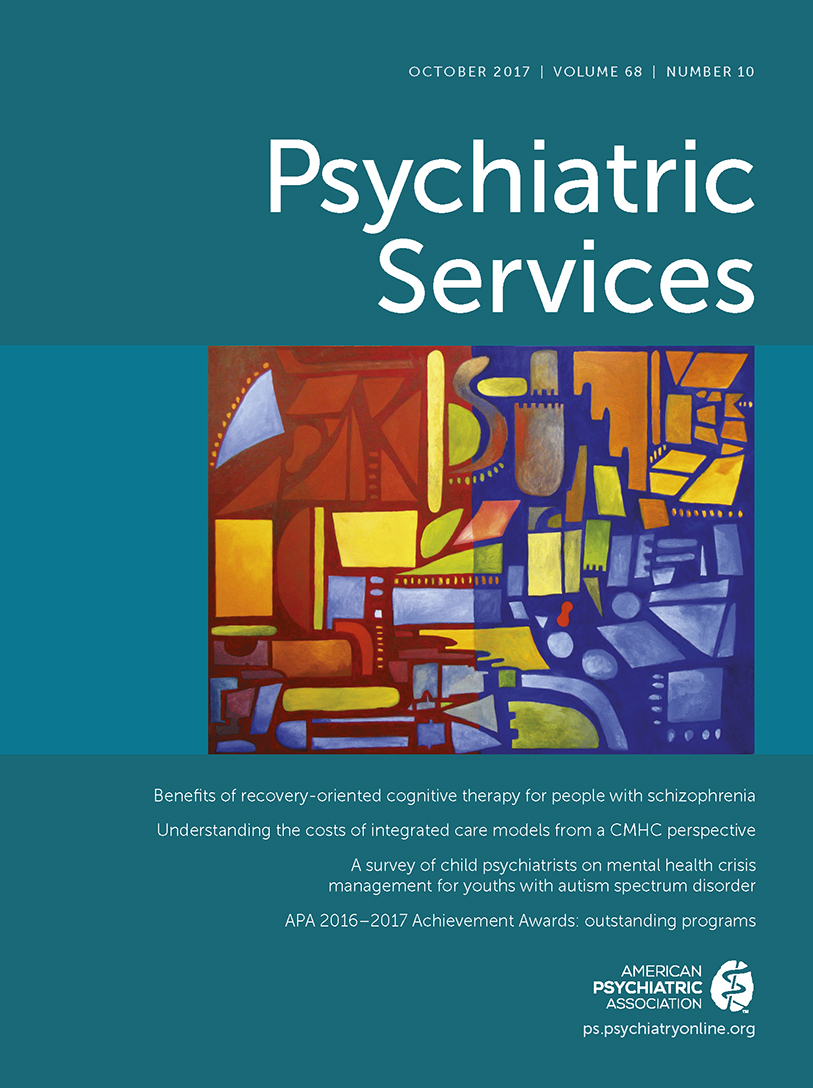Six-Month Follow-Up of Recovery-Oriented Cognitive Therapy for Low-Functioning Individuals With Schizophrenia
Abstract
Objective:
The study examined six-month follow-up results and the impact of length of illness on treatment outcomes of recovery-oriented cognitive therapy (CT-R).
Methods:
Sixty outpatients (mean age 38.4 years, 33% female, 65% African American) with schizophrenia or schizoaffective disorder and elevated negative symptoms were randomly assigned to CT-R or standard treatment. Assessments were conducted at baseline, midtreatment (six and 12 months), end of treatment (18 months), and follow-up (24 months, N=46 after attrition) by assessors blind to treatment condition. Global functioning, measured with the Global Assessment Scale, was the primary outcome. Secondary outcomes were negative symptoms (avolition-apathy score on the Scale for the Assessment of Negative Symptoms) and positive symptoms (total score on the Scale for the Assessment of Positive Symptoms). Length of illness indexed chronicity (less chronic, one to 12 years; more chronic, 13 to 40 years).
Results:
Intent-to-treat analyses (hierarchal linear modeling) at follow-up indicated significant benefits for individuals assigned to CT-R compared with standard treatment: higher global functioning scores (between-group Cohen’s d=.53), lower scores for negative symptoms (d=–.66), and lower scores for positive symptoms (d=–1.36). Length of illness moderated treatment effects on global functioning, such that those with a less chronic illness began to show improvements earlier (at the trend level by six months and reaching significance by the end of treatment), whereas the group with a more chronic illness did not show significant improvements until later (at follow-up).
Conclusions:
CT-R produced durable effects that were present even among individuals with the most chronic illness.



